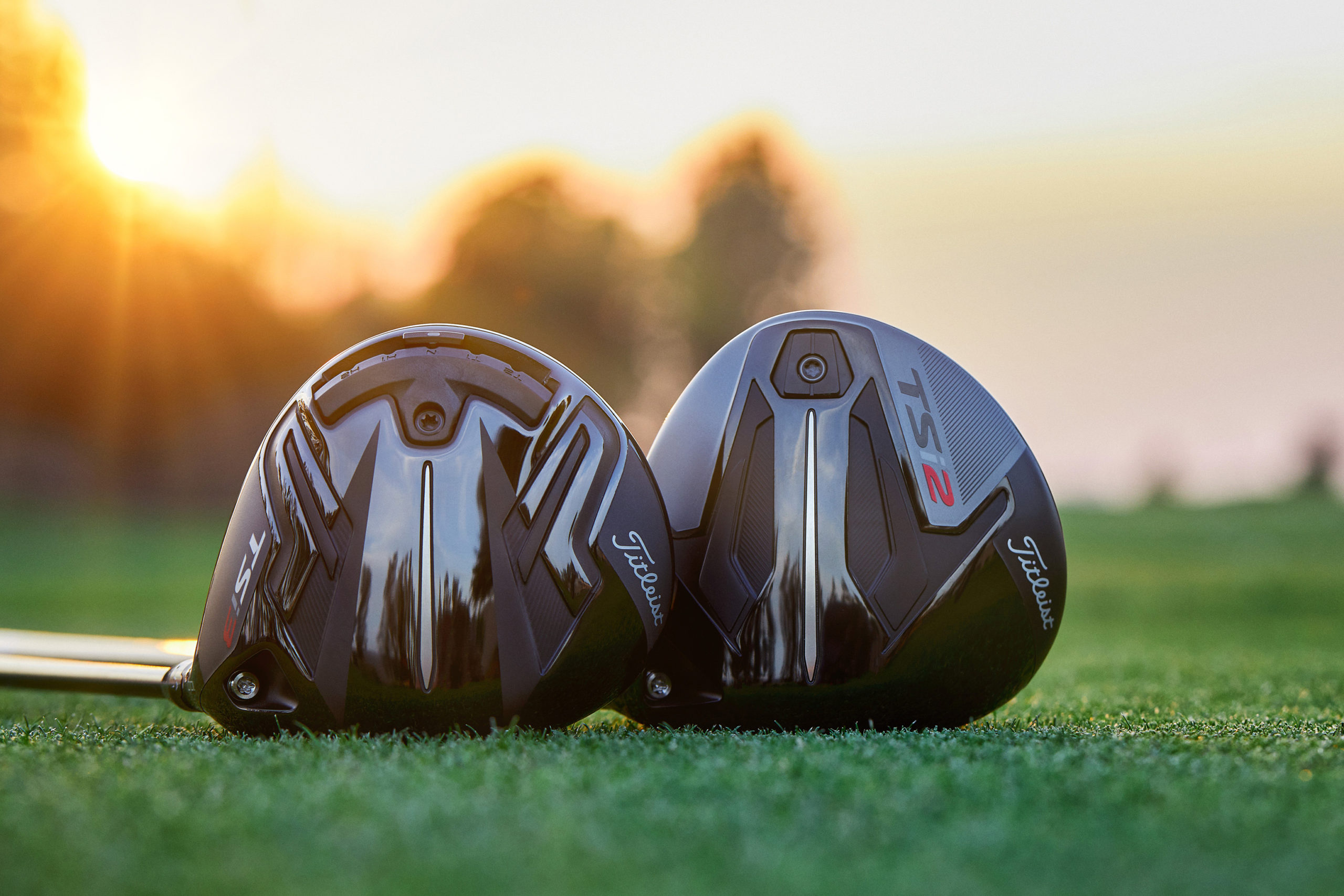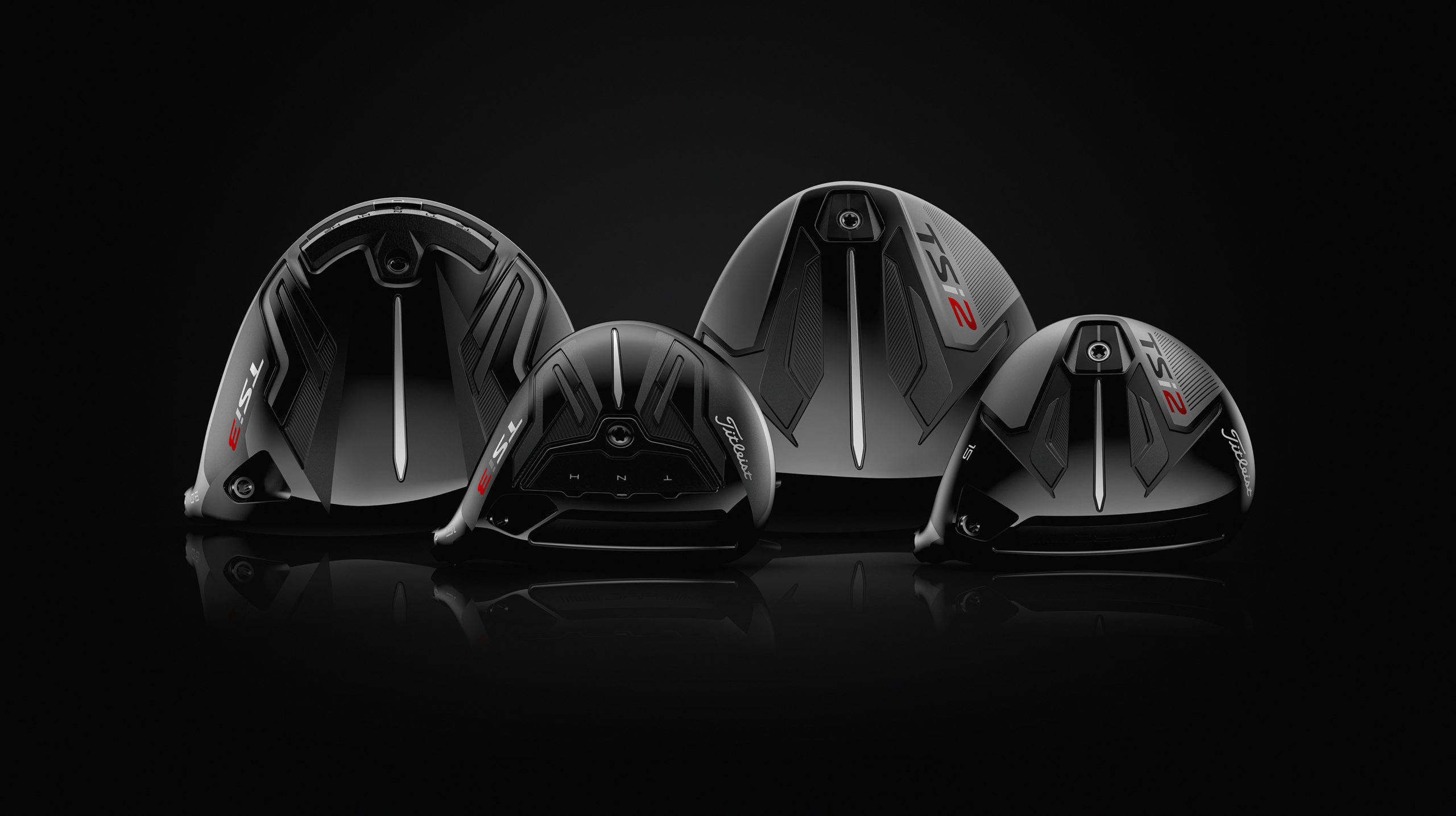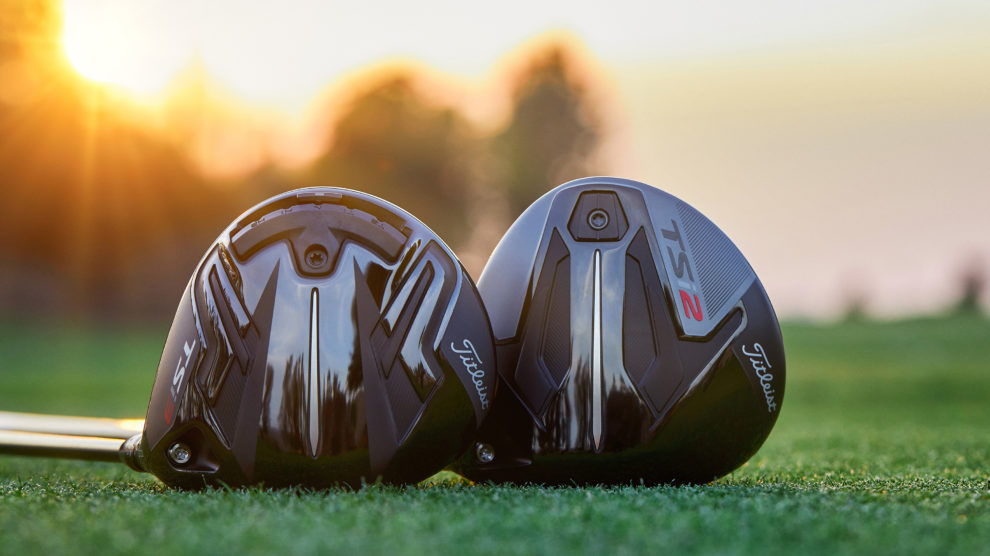Two years ago, Titleist surprised a lot of people -- myself included -- with the TS drivers. They proved they could make a driver that kept up with their peers, both in terms of ball speed and forgiveness. The lineup felt like a potential turning point for a company that was frankly not competitive in the driver space (even if they were upon fitting).
For 2021, Titleist is looking to go a step further with the TSi lineup of drivers. The TSi2 and TSi3 -- don't worry, TSi4 is coming, too -- drivers have been rapidly adopted in PGA Tour and European Tour fittings, and the company says that's for a clear reason: The TSi drivers are faster and better than the TS lineup.
Here's how they got there.

Titleist TSi2 and TSi3 drivers
Titleist's slogan for the drivers tell the story: faster in the air and faster at impact. The implication here is that improved aerodynamics help golfers get a touch -- inside of 1 mph -- faster with their swing, while the new face insert delivers improved ball speeds. Let's take the latter first.
With the new TSi lineup, the head is still all titanium. Titleist has not found a design with carbon fiber that has improved ball speeds enough to warrant a shift, so they're sticking with that here. However, that hasn't stopped them from employing a different titanium alloy they say makes the product better. This alloy, ATI 425, comes from Allegheny Technologies Incorporated, a Pittsburgh-based firm that makes the raw alloy that's then shaped in China. The company says the raw alloy performs better and is made to tighter tolerances than other titanium alloys (6-4 titanium is the most common), meaning that manufacturing them into face inserts leads to tighter tolerances and better performance from club to club and across the impact zone.
Using ATI 425, the face can be thinned out more in the right places and pushed to USGA limits on characteristic time, which is how long the ball remains on the club face at impact. With the USGA using this measurement to define a driver's legality, the Titleist team was free to max out beyond the old limits on coefficient of restitution, which was the old measure of legality and a measure of how much energy is transferred from club to ball at impact. Pushing COR while keeping legal CT means a little more juice in the face while not breaking the rules.
The expectation, too, is that ATI 425 will hold up better long-term for a golfer, leading to more consistent performance for a longer period of time. As for the face design, Titleist believes it may help frame the ball at address and lead to better impact. It's hard to imagine that when swinging as far with a driver as we do, but let's see what the data says.
The TSi drivers also promise a touch more distance from improved aerodynamics -- on both heads.

The TSi2 and TSi3 are both 460cc heads, but they have different shapes, as was true in the TS lineup. The TSi2 has a bigger profile with a longer heel, while the TSi3 is more compact-looking, though it sports and open-looking toe to make the driver feel a little bit bigger at address. The spin profiles are similar, but the TSi2 is more forgiving with a lower-and-backer center of gravity, while the TSi3 has a more forward CG.
The TSi3 has a new SureFit CG weight track to help dial in shot-shape bias and weight positioning behind a player's most common impact spot on the face. That's to say that if you hit the ball a lot on the toe or heel, moving the weight there could help with performance even if you still hit the ball pretty straight. Multiple weights are supported, and the stock weight is 8 grams, with others available. Adding weight means moving the CG position appreciably, but it can also hike MOI, depending on how you're fit.
The aerodynamics has been improved to the tune of nearly 1 mph more clubhead speed for a faster-swinging golfer, so they're going to get a few extra yards out of better shaping.
The heads are designed to have more MOI than the TS series, but the emphasis is on vertical MOI (from top to bottom) than horizontal MOI (from side to side). Improved vertical MOI means more consistent launch conditions, including spin rate, that will lead to a better-rounded overall performance.
The SureFit hosel is available on both, with plenty of ways to dial in either head. The heads have been lowered in loft versus the TS series because the improved design has afforded lower lofts while not impacting carry and flight.
An intriguing development here is that there are no stock shafts, just options that are standard as well premium shafts ($200 more) from Graphite Design. The point is to go through a fitting and find out what works for you.
The Titleist TSi2 driver comes in 9-, 10- and 11-degree heads, while the TSi3 is available in 8-, 9- and 10-degree heads for $550 each and are available Nov. 12.

TSi2 and TSi3 fairway woods
Titleist has never had a problem making great fairway woods. Now armed with top-notch drivers to help move them, the TSi fairway woods, Titleist argues, are better than ever.
As you'd expect given the driver nomenclature, the TSi2 fairway is bigger, higher launching and more forgiving, while the TSi3 is more compact, spins less, has a more penetrating ball flight and is more customizable. However, both heads are 175cc. Like with the drivers, how that displacement is arranged is the distinction. Also, it's important to note that being in one lineup for the driver and one lineup -- more both lineups -- in fairway woods is totally possible.
Titleist isn't getting into the titanium-faced fairway woods game yet, as they're sticking with 465 stainless steel here.
The big story here is the evolution of the Active Recoil Channel -- Version 4.0 in this generation -- which allows the face to flex at impact to deliver higher ball speeds, particularly on shots struck low on the face. The wall is shorter with ARC 4.0, freeing up some weight that can be used elsewhere to move the center of gravity, depending on the head.
The TSi2 head takes up more ground cover, and the CG position is optimized low and back accordingly. There's a back weight that comes standard at 9 grams but can be changed to dial in swingweight and have a mild impact on CG.
The Titleist TSi2 fairway woods are available in 13.5-, 15-, 16.5-, 18- and 21-degree heads.
The TSi3 has a deeper face compared to the TSi2 and takes up less space at address. It carries a more forward center of gravity, too, making it less forgiving but offering more mass behind the impact zone for a better player. Like with the TSi3 driver, the toe is made to look a little more open than it is at address to inspire confidence. I like that look at address, but your mileage may vary.
What's really cool about the TSi3 is having adjustable weighting hidden to the golfer. There's what is effective a weight housing that can be unscrewed, then have the weight and its position set, then screwed back in and keeping it obscured from view. This way, the weight -- available from 8-16 grams -- doesn't impact turf interaction. It's pretty brilliant to help setup shot-shape bias.
The Titleist TSi3 fairway woods are available in 13.5-, 15-, 16.5- and 18-degree heads.
The same deal with the shafts on the drivers is true here, too: a variety of standard offerings with premium options for more money. The Titleist TSi2 and TSi3 fairway woods are $300 each and available on Nov. 12.

